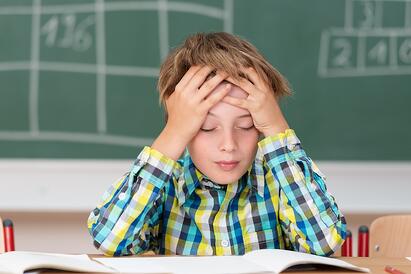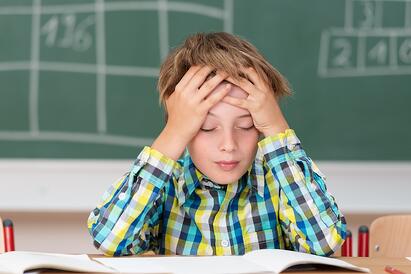Does A Child's Poor Oral Health Equal Bad Grades


A study published by the American Journal of Public Health, and conducted by the Ostrow School of Dentistry at the University of Southern California, revealed a direct correlation between a child's dental health and their school performance.
Within the Los Angeles area, researchers performed oral examinations of 1500 elementary schoolchildren, who were identified as socially and economically disadvantaged, and found that 73 percent had tooth decay.
This study also exposes the fact that children reporting tooth pain were four times more likely to have a lower grade average, below the median of 2.8, than those children who were not currently suffering from dental pain. If dental pain was found to be a cause behind poor school performance, the study also revealed it as a cause behind school absenteeism.

It seems elementary school children missed 2.1 days a year, while high school children missed 2.3 days of school per year due to dental problems. Of course, children were not the only ones affected by poor oral health when you consider that parents missed on average 2.5 days of work per year to care for their children.
A crucial factor, the accessibility of dental care, was also used to determine whether or not these school children had higher absenteeism rates than their more affluent counterparts. Regardless of the reason for limited access to dental care such as a lack of insurance, transportation or some other reason, eleven percent of children with limited access were found to have missed school more often than the four percent of those children that had direct access to dental care.
Roseann Mulligan, chair of the school's Division of Dental Public Health and Pediatric Dentistry and co-author of the study, points to the data as a direct indication that poor oral health does indeed have an impact on school performance, especially for those school children with limited access to dental care. Mulligan and her team recommend that health and educational programs be integrated into the school curriculum to curb the epidemic. While the USC Ostrow School of Dentistry's study clearly focuses only on the children of Los Angeles Unified School District, further studies will only demonstrate the enormous burden, both societal and financial, that this oral health epidemic may be causing on a national level.
While research continues, budget-conscious states including Massachusetts, Illinois, California, Washington and Pennsylvania begin to strip dental care from their Medicaid programs for adults. Currently Medicaid has about 60 million recipients who are mostly children. By law states are required to provide children and young adults under the age of 21 with dental care. As Medicaid enrollees, children can receive dental health benefits under the Early Periodic Screening, Diagnostic and Testing (EPSDT) program.
Assistance with dental care is available, and with the help of researchers, dental professionals, and federal and state incentives we can keep dental care accessible to children for oral hygiene that lasts throughout their lives and into adulthood. Good oral health has been shown to be connected to good overall health, keep your kids healthy- bring them to the dentist two times a year.


